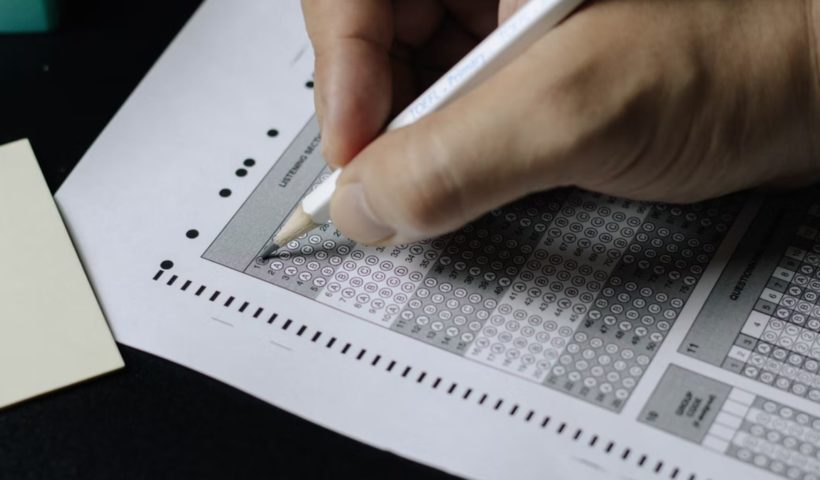IGCSE model exam questions are structured differently from the official IGCSE exam questions. However, they are closely aligned to the official IGCSE exam questions, so…
View More Why IGCSE model exam questions are just as important as past papersCategory: IGCSE
Can Singaporeans do IGCSE and A levels instead of Singapore Cambridge GCE O levels and A levels?
Can Singapore citizen children take the IGCSE and A Level Singapore after their primary education? Here’s all you need to know about the education system…
View More Can Singaporeans do IGCSE and A levels instead of Singapore Cambridge GCE O levels and A levels?IGCSE vs GCSE: 5 differences you should know
The GCSE, also known as General Certificate of Secondary Education, is a certificate awarded to students who complete Secondary Education in the United Kingdom. The…
View More IGCSE vs GCSE: 5 differences you should knowIGCSE science tuition: Overview of the syllabus and how to prepare well
The Cambridge IGCSE offers three types of Sciences, Combined Science, Coordinated Science, and Pure Science. This article will dive into these three types of Sciences…
View More IGCSE science tuition: Overview of the syllabus and how to prepare wellOvercoming the challenges of the IGCSE Computing curriculum
There is a steady increase in the number of students in computing courses over the last couple of years. The course is known to be…
View More Overcoming the challenges of the IGCSE Computing curriculumWhy is the IGCSE Curriculum Important?
I am sure we have all pondered on the question; why is the IGCSE curriculum important? The International General Certificate of Secondary Education or the…
View More Why is the IGCSE Curriculum Important?





